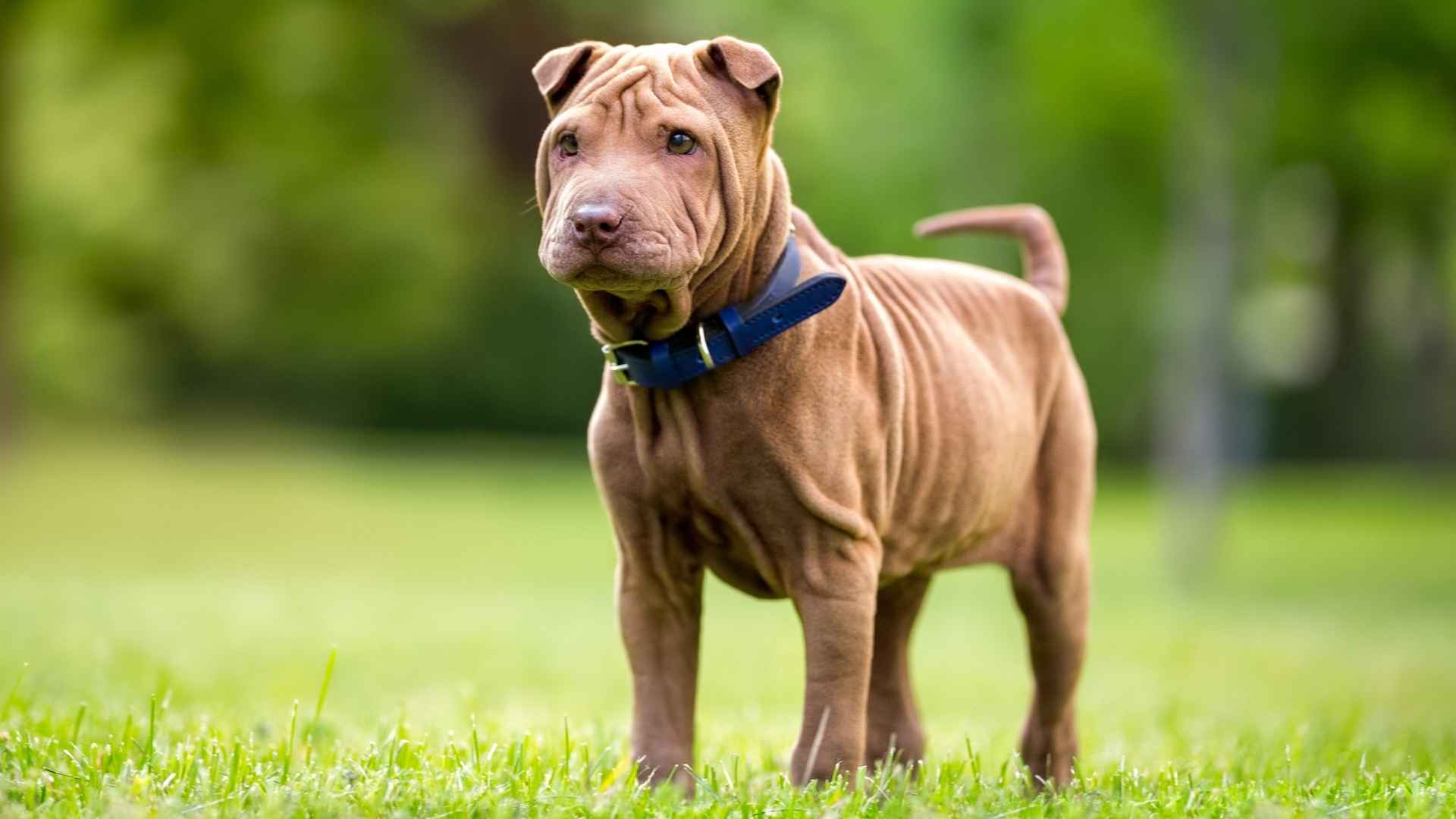Have you ever wondered why some dogs just reek more than others? It turns out there’s science behind it. According to the American Kennel Club (AKC) notes that breeds with loose skin folds or oily coats tend to harbor more microorganisms, which can lead to that unmistakable wet dog smell.
A study reported that wrinkly‑faced breeds trap moisture and yeast, resulting in a persistent odor when damp.
Dogs have millions—sometimes hundreds of millions—of scent receptors, making them roughly 10,000 to 100,000 times more sensitive to smell than humans. Great for them, not always so great for us when it comes to damp fur and oil‑slick skin.
Stat aside, it’s hard not to notice that some pet owners seem to accept this smell as “just how it is.” But understanding the why—like oily hound coat, excess moisture in skin folds, or anal gland secretions—brings clarity and control. That’s where personal vigilance, regular grooming, and smart care can make a world of difference.
Dog Breeds Known For Being The Smelliest
Here are the 7 dog breeds:
1. Yorkshire Terrier
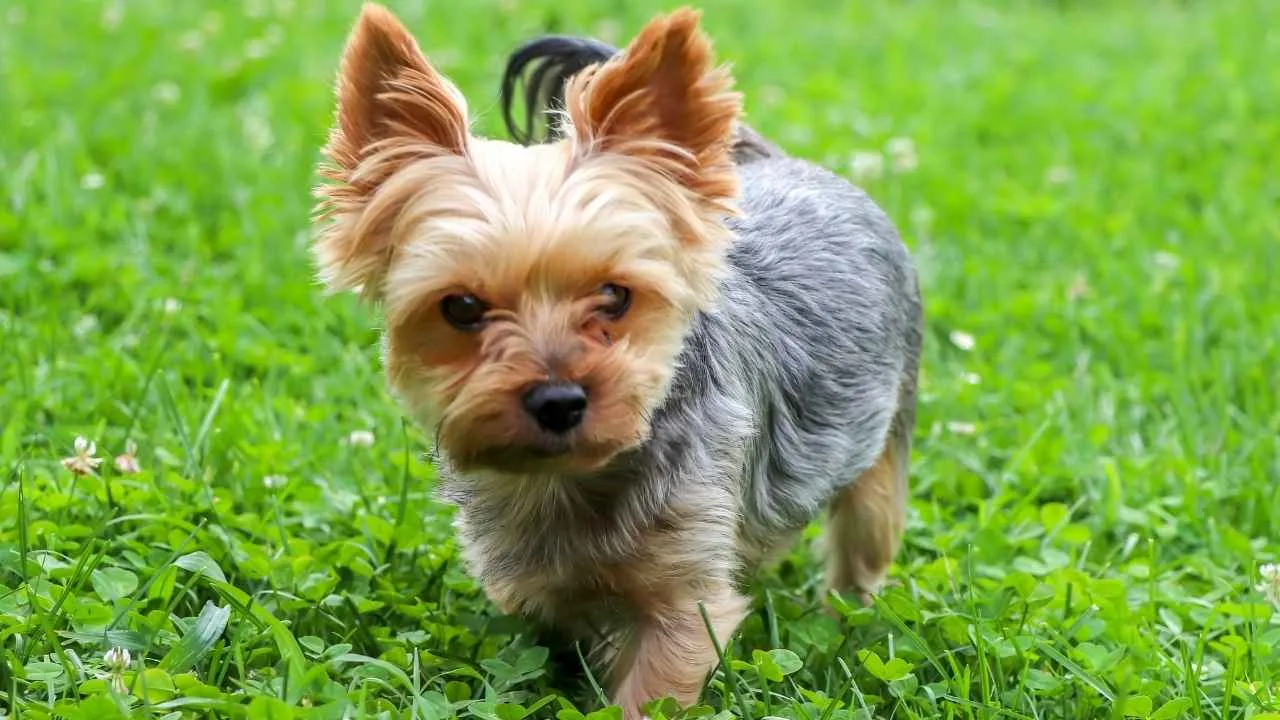
Yorkshire Terriers, or Yorkies, might be tiny in stature—just 8 to 9 inches tall and around 7 pounds—but they pack a punch in both attitude and flatulence. Originally bred to hunt vermin in textile mills, these little dogs have a fearless streak. Their extreme gassiness, however, has become just as legendary as their rat-chasing roots.
Though they belong to the Toy group—dogs known for being affectionate and loyal lap companions—Yorkies are no pushovers. According to PDSA, they have no problem telling larger breeds who’s boss, especially if they feel their territory is being invaded.
And while their feisty confidence is charming, it can make them a bit stubborn during training sessions. Consistency and reward-based techniques are key to winning them over.
Quick Care Notes for Yorkie Owners
Daily grooming is essential to maintain their silky coat.
A grain-free or easily digested diet can help curb their… less-than-pleasant emissions.
Meticulous cleaning around the ears and under the eyes helps avoid buildup and irritation.
Training may take time, but positive reinforcement will pay off.
Their distinct odor might not come from typical dog smells but rather from digestive quirks—something that can often be managed with diet and regular vet checkups.
2. Shar-Pei
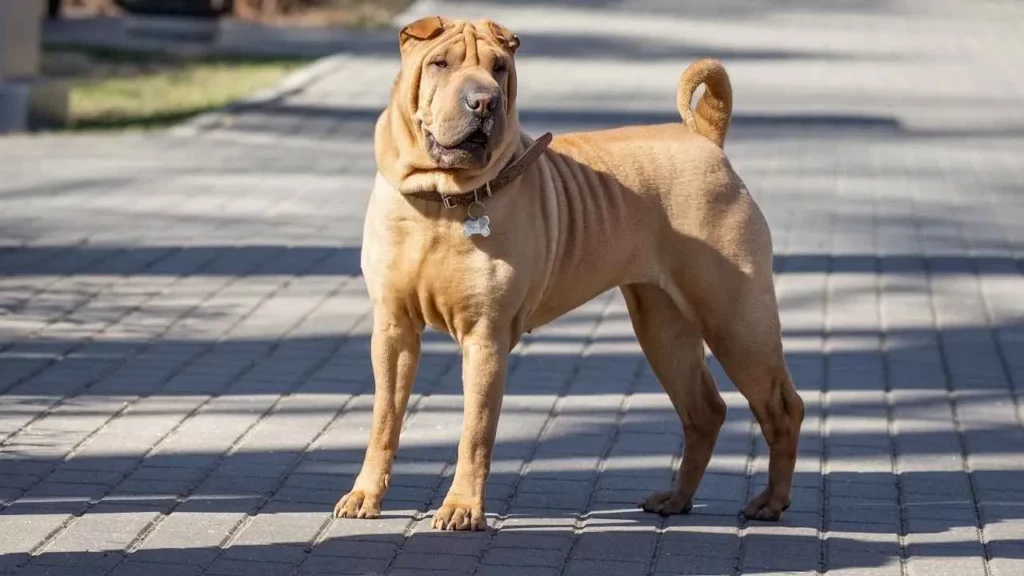
The Chinese Shar-Pei is one of the most visually distinctive dogs in the world, thanks to its deep facial wrinkles and loose, folded skin. But that unique look comes with a catch—those folds are prime territory for skin infections if not properly cared for.
While not the first breed people think of when it comes to smell, they quietly sit among the smelliest dog breeds, largely due to hygiene challenges hidden beneath their wrinkled charm.
Dating back as far as 200 B.C., the Shar-Pei is an ancient breed once used in southern China for guarding homes, hunting wild boar, and—more controversially—dog fighting.
Despite its tough past, the modern Shar-Pei is a calm, independent, and reserved companion. It’s not a dog that seeks constant attention and tends to be standoffish with strangers and strange animals alike.
Quick Care Notes for Shar-Pei Owners
Wrinkle care is non-negotiable—meticulous cleaning prevents infections and smell.
Weekly brushing helps maintain its short, bristly coat.
Thrives in cold weather, but is prone to overheating during high temperatures.
Needs moderate daily exercise—nothing too intense.
Early obedience training is essential due to its strong-willed nature.
According to VCA Hospitals, this breed is the definition of “low-key at home, high maintenance on the grooming table.” With proper care, the Shar-Pei’s distinctive odor can be controlled—but without it, that stench will creep up fast.
3. Mastiff
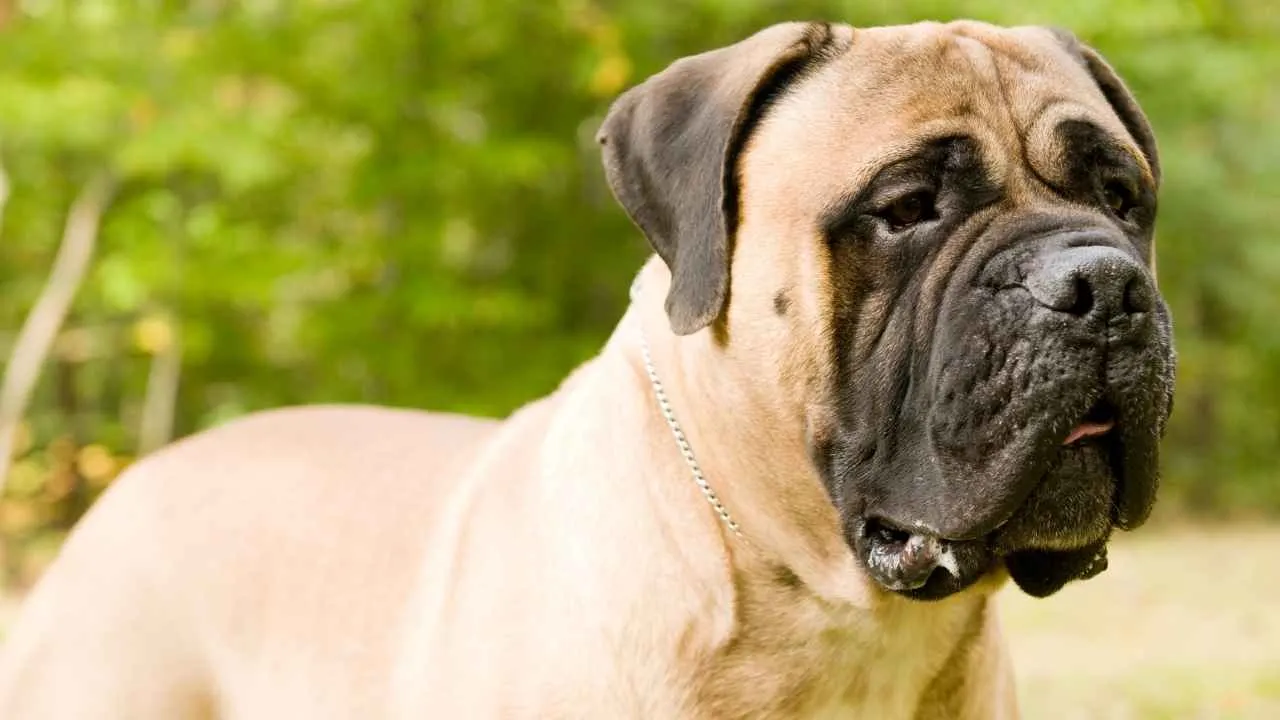
Mastiffs are true gentle giants. Friendly, loyal, and often deeply affectionate, they’re the kind of dogs that love to lean their full weight against your leg for attention. Obedient by nature, they tend to be easy to train—but their digestion tells a different story.
These dogs are infamous for releasing a strong odor that can clear a room, thanks largely to their massive build and less-than-graceful eating habits.
As a breed, Mastiffs have been around for thousands of years. Ancient records from as far back as 3000 BCE depict large Molossian-type dogs used for war, guarding, and even gladiator arenas. The English Mastiff in particular became known for facing off against lions, bulls, and other animals in Roman and English bloodsports.
Quick Care Notes for Mastiff Owners
Watch their food intake—overfeeding and poor-quality diets amplify digestive issues.
Prepare for regular cleanups: drool, gas, and pawprints are part of the package.
Short coarse coat needs only occasional brushing, but wipe downs help reduce smells.
Avoid intense workouts; short walks and light play are enough to keep them fit.
Early socialization and training are crucial for managing their size and confidence.
While they’re not the most high-energy dogs, their flatulence and slobber situation is no joke. Keeping a Mastiff fresh takes attention to diet, hygiene, and a tolerance for some… unfiltered moments.
4. Beagle
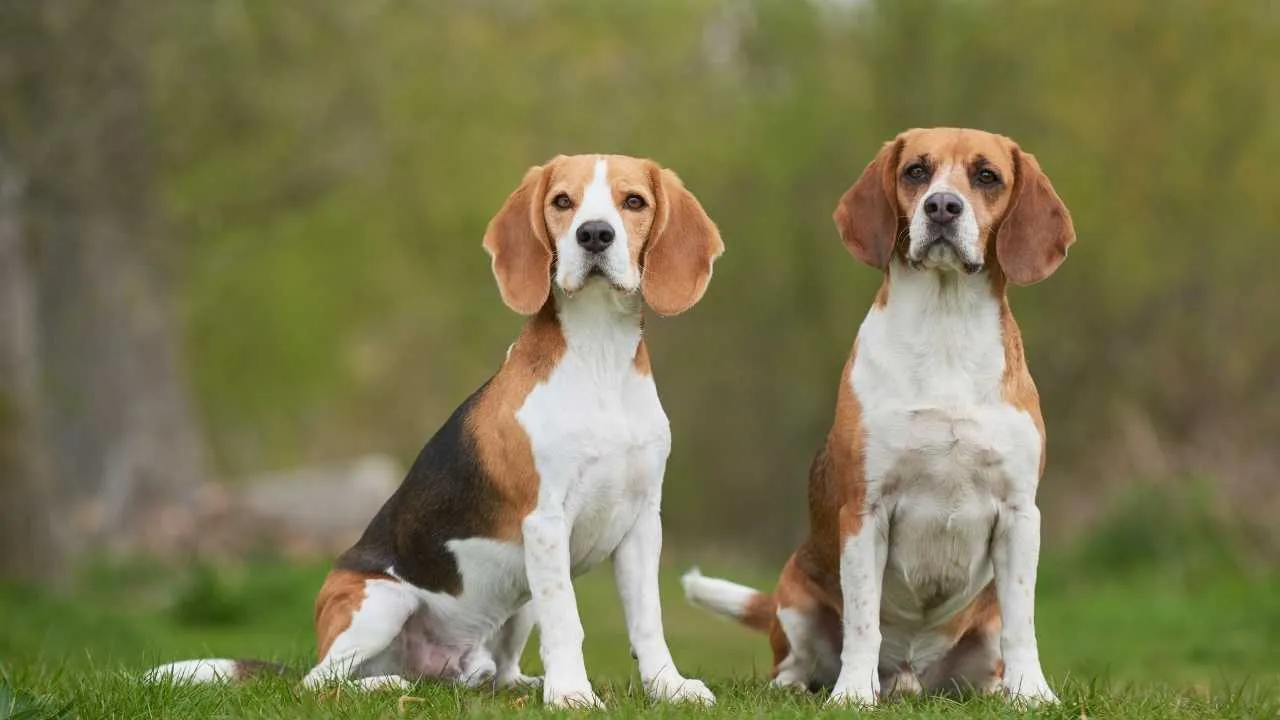
Beagles are sweet-natured, curious, and endlessly playful, which makes them a go-to choice for families with kids. Their medium size, gentle temperament, and expressive faces give them broad appeal, but let’s address the elephant in the room: these dogs can smell. And not just what’s around them—a beagle’s smell is also something owners often complain about.
Beagles are ground-scent hounds with noses that don’t quit. Their sense of smell is incredibly powerful, rivaling that of Bloodhounds. That talent for tracking makes them great hunting companions, but also more likely to get into smelly messes—trash bins, muddy fields, forgotten shoes.
Quick Care Notes for Beagle Owners
Their long ears must be cleaned regularly to avoid ear infection and control odor.
Daily walks and structured play are non-negotiable to burn off energy.
Watch out for digging and chewing when bored or under-exercised.
Their short coat is low maintenance but benefits from occasional brushing.
Digestive smells? Diet tweaks can help, but expect some background noise.
Beagles are joyful—but if left unstimulated or unwashed, they’ll fill your home with more than just love. With structure, exercise, and good grooming habits, you can enjoy their company without holding your nose.
5. Golden Retriever
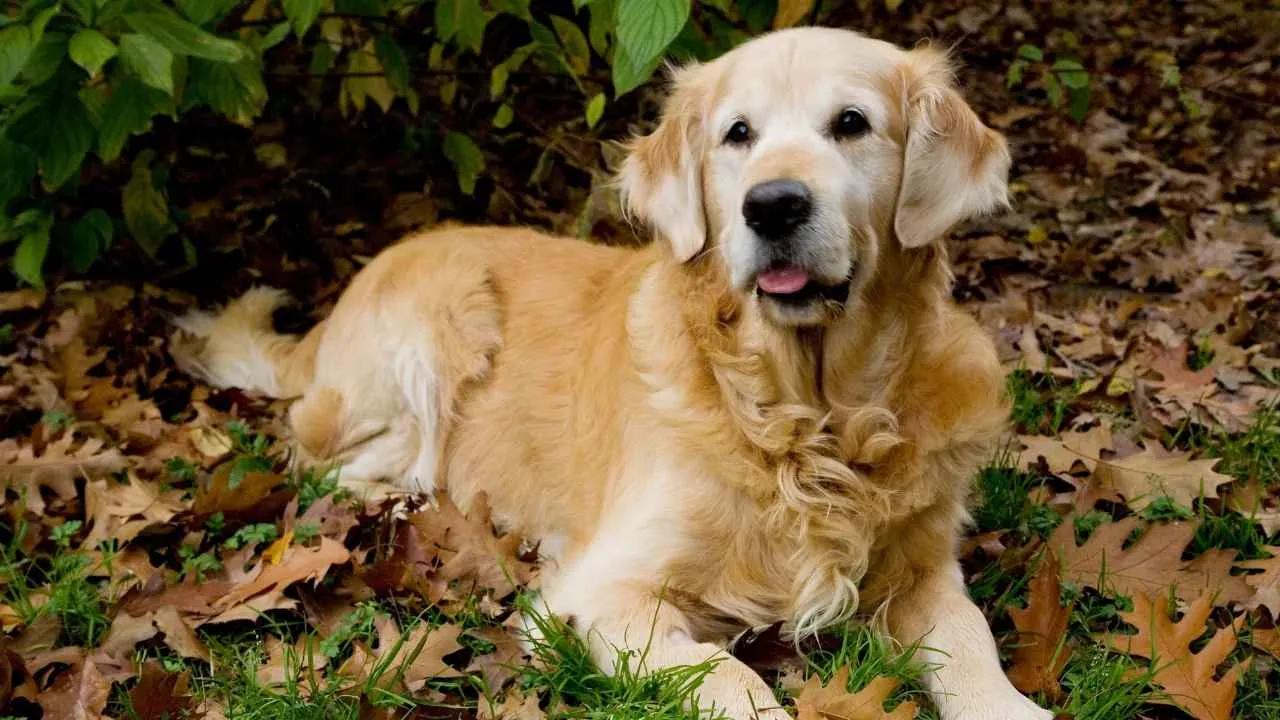
There’s a reason Golden Retrievers top the list of popular dog breeds. They’re affectionate, social, eager to please, and easy to train. But despite their sunny personality, these golden-coated sweethearts are silently dropping stink bombs wherever they go. Their flatulence is legendary—sudden, loud, and surprisingly potent.
Their food motivation plays a major role. These dogs will eat anything in sight, from training treats to table scraps to that mystery item in the backyard. As a breed built for retrieving game, they have high endurance and thrive with an active outdoor lifestyle.
They love swimming, hiking, and long games of fetch, but all that activity often leaves them tracking in mud and carrying the unmistakable scent of dog.
Quick Care Notes for Golden Retriever Owners
That gorgeous golden coat? It sheds like crazy and needs regular bathing.
Stay on top of grooming to manage mats, dirt, and that signature “wet dog” smell.
Plenty of mental and physical stimulation keeps them from getting destructive.
Watch their food intake to reduce surprise gas attacks.
Ideal for households with time and energy to meet their social and exercise needs.
Despite their tendency to pollute the room, Golden Retrievers remain a favorite. And honestly? One wag of that fluffy tail, and most owners agree—it’s worth it.
6. Pug
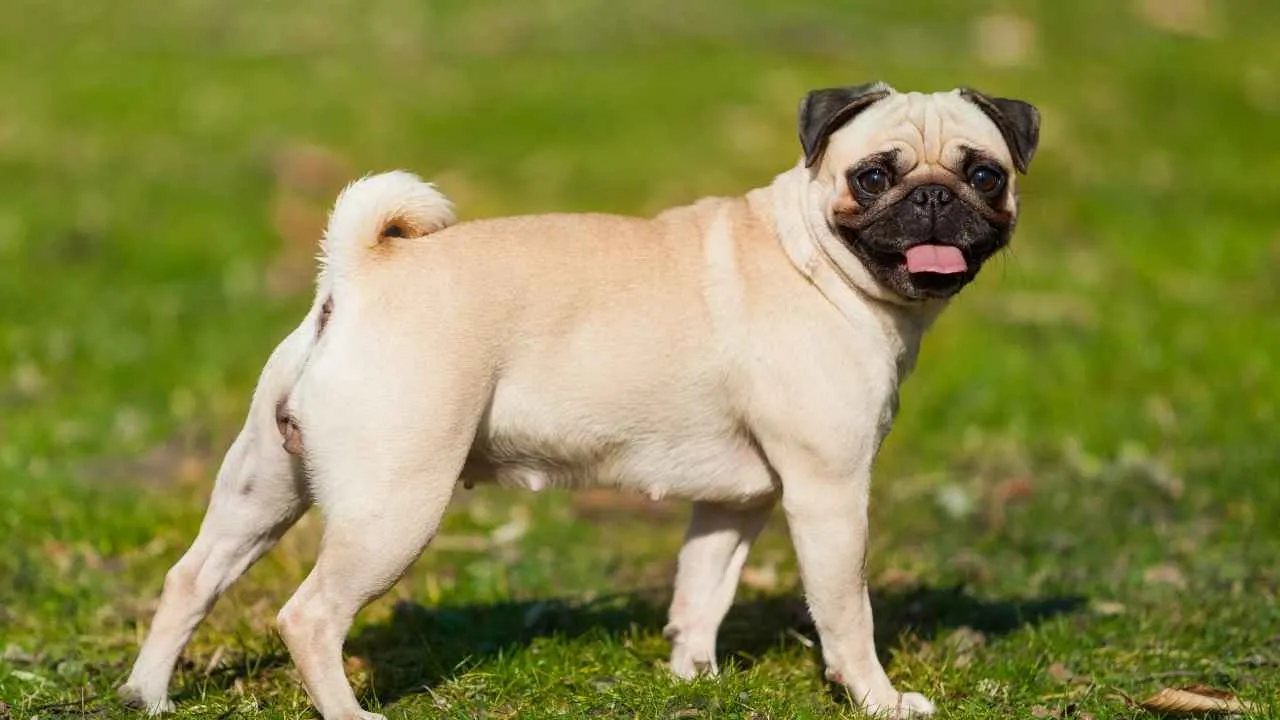
Pugs are one of the most charming small breeds you’ll ever meet—goofy, affectionate, and impossible to ignore. With their squishy faces, curled tails, and big, round eyes, they’ve gone from palace companions in ancient China to couch royalty in modern homes. But while their personality is all sunshine, their smell can sometimes be… less regal.
Thanks to their compact bodies and pushed-in snouts, Pugs are prone to breathing issues and snore like tiny freight trains. But what really earns them a spot on the stink list are the food allergies and dental issues that plague the breed. Skin problems, yeast buildup in folds, and bad breath from dental disease can result in a persistent odor that no amount of cuddles can mask.
Quick Care Notes for Pug Owners
Clean face wrinkles often to avoid infection and skin issues.
Be aware of dietary triggers—food allergies are common.
Dental care is non-negotiable; tooth decay can cause a serious odor.
Should be groomed regularly, especially ears, folds, and tail base.
Moderate daily walks are better than intense play, due to their breathing limitations.
Pugs might smell more like old socks than fresh flowers at times, but with consistent grooming and a watchful eye on their health, their stink factor can be managed.
7. Boxer
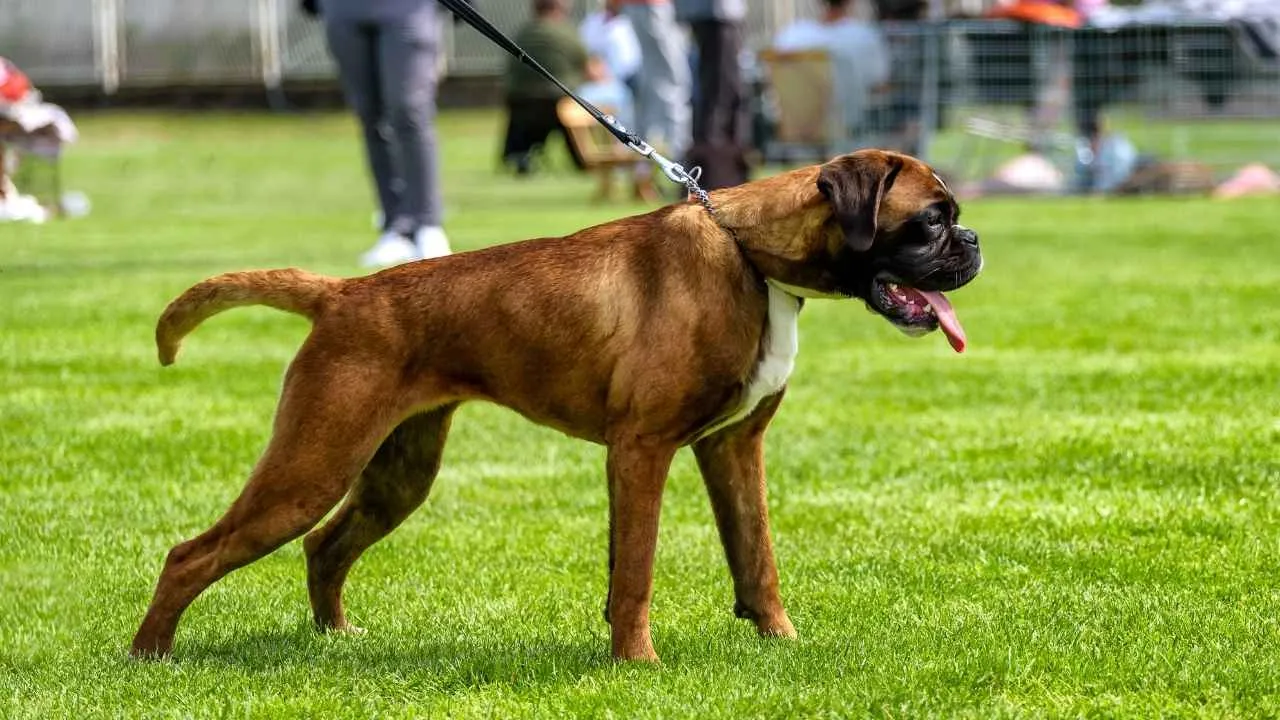
Boxers are all muscle and heart, brimming with energy, affection, and a work ethic that’s hard to beat. But they also come with a warning label: Boxer boxers are some of the most notorious farters in the canine world. They’re also known for their expressive faces.
A Boxer can say a lot without ever barking. You’ll often see them tilting their head in that classic “are you serious?” look, or wrinkling their brows like they’re deeply pondering the mysteries of life (or whether they’re about to get a treat).
These strong, sleek dogs can clear a room without warning. While some of it comes down to how their bodies process food, excessive gas can also signal a deeper issue. Boxers are prone to gastrointestinal conditions like bloat, which is a medical emergency.
Quick Care Notes for Boxer Owners
Known for gas—watch for excessive bloating or signs of stomach pain.
Feed a good diet rich in digestible ingredients and tailored to sensitivities.
Limit fatty scraps and switch to grain-free only if advised by a vet.
Despite the farts, they’re relatively clean dogs that stay fresh with simple upkeep.
Early socialization is key to managing their protective instincts.
Boxers don’t just steal hearts—they also steal your clean air. But with mindful feeding, their stink becomes a manageable quirk of an otherwise stellar dog.
Conclusion
While we love our dogs no matter what they smell like, it’s true that some breeds tend to carry a bit more natural odor than others. Whether it’s because of a thick double coat that traps moisture and debris, or being part of the flat-faced dogs group that struggles with facial folds and drool buildup, some pups are just built to be a little funkier.
Still, many owners of these breeds will tell you—no amount of smell can outweigh the love, loyalty, and personality their dog brings. The trick is knowing what you’re getting into and staying on top of grooming, diet, and routine vet care. With the right maintenance, even the smelliest breeds can live their best (and cleanest) lives.


